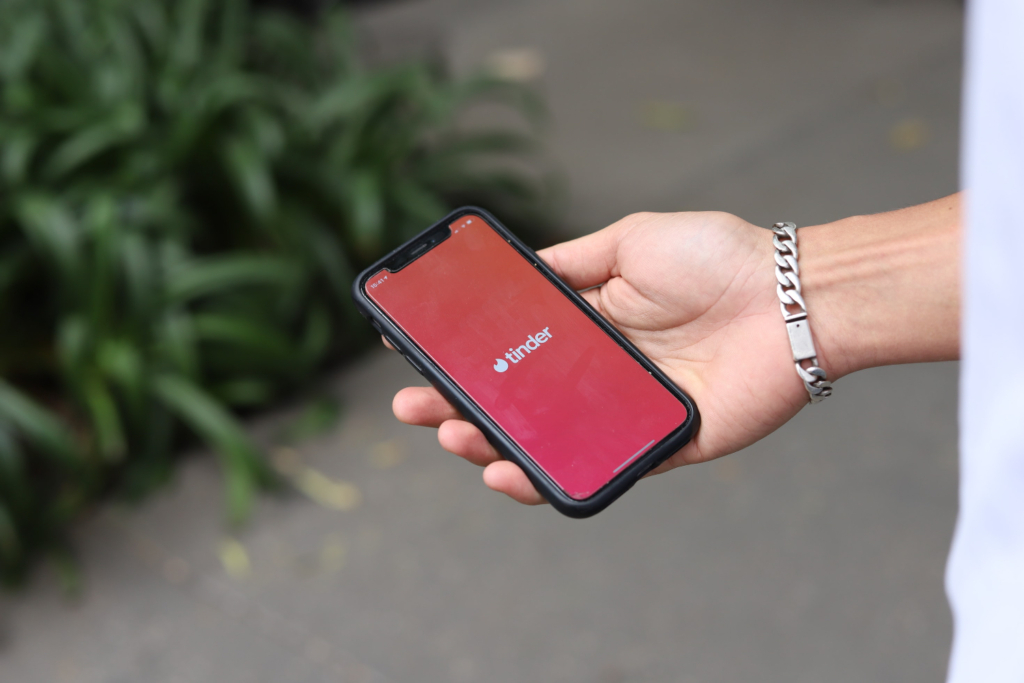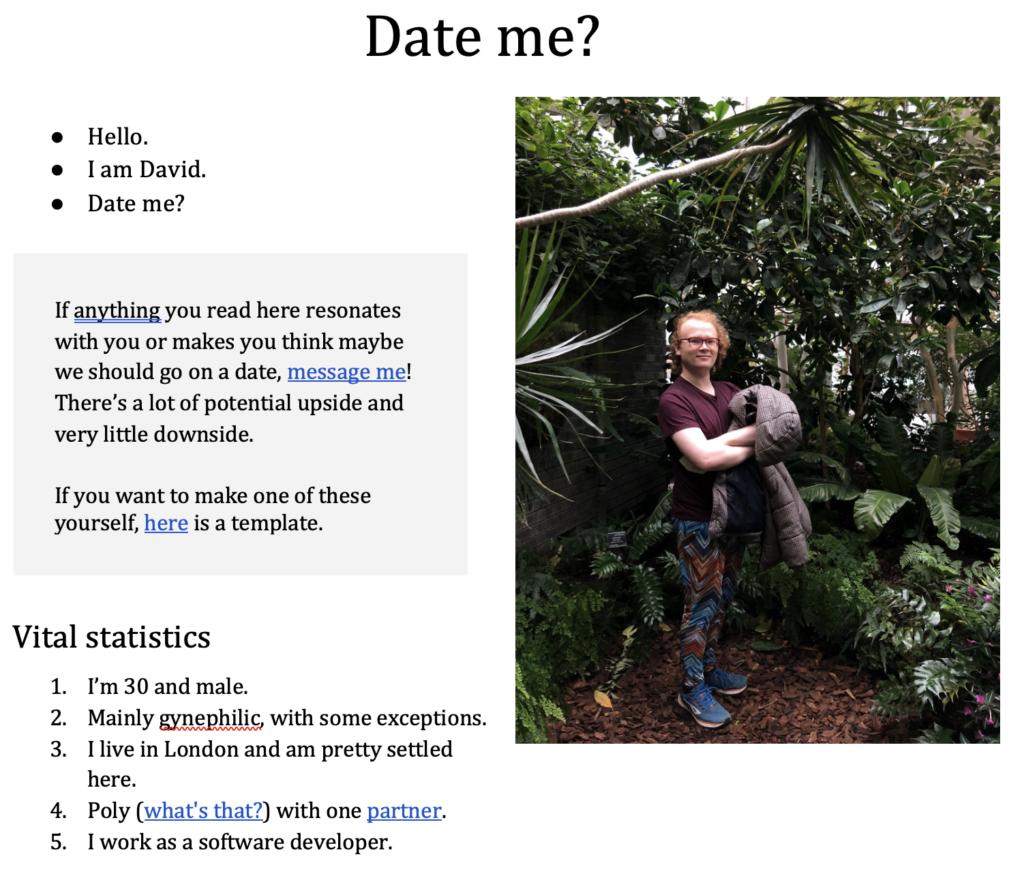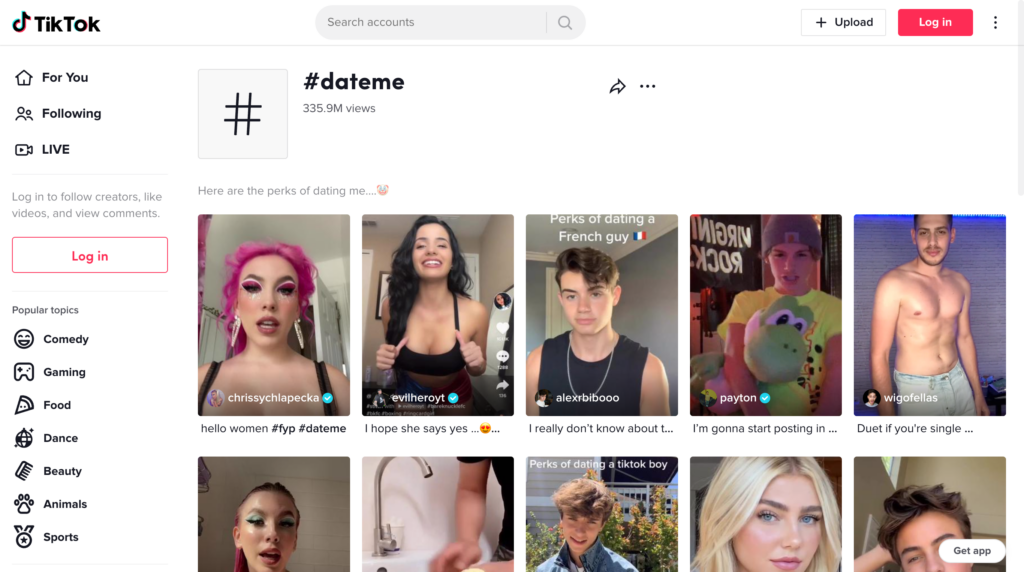This article is also available in Japanese:日本語でも読めます
Popular dating apps such as Tinder and Bumble have been around for a decade. The dating apps mainly use a swiping system where you swipe left or right depending on whether or not you like the profile, which consists primarily of photos of the person. If the other person also swipes right on your profile, you will be matched and can message each other. What was once a popular way to meet and date people has become a love-hate relationship for many, with users seeking more authentic relationships within their local communities.
Factors that may be contributing to the downfall of the swiping boom
- Inefficiency – When dating apps first came out, they were well-liked because of the frequent matches. However, nowadays, the number of people on the apps is massive, so you have to spend a lot of time and energy swiping through many profiles to meet people you like.
- High cost – The apps were once free with unlimited daily swipes. Today, the free versions have restrictions like limited swipes, unfavorable algorithms, advertisements, and fake accounts. It forces people to buy premium packages ranging from $9.99 – $39.99/month to get more swipes and “boosts” to appear in front of other profiles.
- Dating fatigue – All the swiping, messaging, arranging dates, and going on bad dates have made people more reluctant to use dating apps.
- Hard to evaluate compatibility and personality – The profiles are very simple, showing a few pictures and a short description of who they are. Thus, people swipe mainly for looks. It is difficult to evaluate what a person is truly like, simply by looking at their online profile.
- Decision paralysis and the paradox of choice – There are too many people and options, so it is easy to become paralyzed about who to message and meet. Even after going on dates, you may not be satisfied with who you are with because there are always more options on the apps.

Before dating apps existed, people commonly met dates through their friends, within their local communities. They were both vetted by the matchmaking friend, and they had things in common with each other. Recently, there has been an increase in demand for meeting people in more authentic ways like in the past, leading to a rise in hyper-localized ways of connecting.
Hyper Localized app examples
Date Me Docs
Popularized by Twitter, a flock of Google Docs called “Date Me Docs” has been shared around online communities, with each page being a dating profile. Since the docs are blank to start with, there are no rules about what a person should put on there, unlike the constrictive templates of apps. People are free to express themselves whichever way they would like to. It is an anti-app option for meeting new people.

City Dating app
City Dating App focuses on local dating. To make local dating easy, the platform’s AI ensures only real singles around the local area can sign up. Busy singles can set their schedules and match based on schedule compatibility. Users can choose to match in convenient neighborhoods instead of matching based on distance.
TikTok and Instagram
Gen Zers are abandoning dating apps and instead “sliding” into DM’s on TikTok and Instagram, where they simply send direct messages to people they think they will get along with. Hashtags such as “#dateme” and “#someonedateme” have also become very popular, yielding millions of views. TikTok’s platform encourages people to show many sides of their personality, which is more authentic than dating apps.

The hyper localization trend is happening outside of the dating scene as well
OneRoof vs. Nextdoor
OneRoof is a social network for residential buildings. Unlike Nextdoor, which organizes communities based on ZIP codes or neighborhoods, OneRoof focuses on meetings inside large multi-unit buildings so that the neighbors can get to know each other in smaller, tighter-knit circles.
Dyne app
Dyne App helps people connect by discovering local restaurants together. Based in Canada, the app hosts dine nights, creates missions and quests to win prizes, facilitates meetup scheduling, etc., while giving discounts from local restaurants.
Peanut
Peanut matches local moms based on the stage of motherhood (e.g. pregnancy, age of children, menopause), as well as the vicinity, so people can meet up with other mothers in the area.

EIS Insight
- As the world becomes more globalized, people are looking for more localized ways to meet others – not only in dating but in general – since they tend to have more things in common.
- There are more opportunities to provide local, community-based services in various industries, such as hosting events for people with similar interests, etc.
- Over-structured ways of meeting people are not boding well for many app users because they want more ways to express themselves and be truly understood by others rather than just by looks and status.



